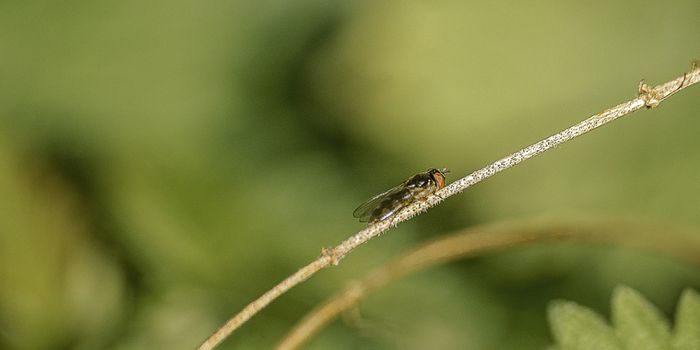WHO Aims to Raise Awareness About Pathogenic Fungi
The World Health Organization (WHO) is highlighting the threat posed by fungal pathogens in a new report, which is calling for increased attention to the problem. Nineteen fungi have been listed as species of highest concern. We don't know the true burden of disease that various fungi cause, in part because so little attention and funding is directed at the problem. Fungal diseases are estimated to get under 2 percent of all infectious disease research funding.
Aspergillus fumigatus and Candida auris are two fungal pathogens that are already a problem for health care facilities. The incidence of fungal infections rose during the pandemic. Climate change will probably also exacerbate the problem, as fungi spread into new areas with changing conditions.
"From COVID-19 to climate change, global crises are turning fungi against humans," said Dr. Haileyesus Getahun, the WHO Director of Antimicrobial Resistance (AMR) Global Coordination.
Right now, there are four classes of antifungal drugs, and only a few new ones are in testing.
Diagnostic tools for fungal diseases are also limited and not widely available. More work and research attention will be needed to protect people, especially those who are already dealing with conditions like HIV or transplants that compromise the immune system.
"Emerging from the shadows of the bacterial antimicrobial resistance pandemic, invasive fungal diseases are growing ever more resistant to treatments, becoming an ever more pressing public health concern worldwide," noted Dr. Hanan Balkhy the WHO Assistant Director-General of AMR.
There are a number of fungi that WHO has singled out as being of "greatest concern," and they include the following organisms, which are notable because they cause illness in humans and are sometimes resistant to antifungal drugs.
- Aspergillus fumigatus can infect the lungs and is often resistant to the antifungal medication group called azoles. Between 47 and 88 percent of these infections are fatal.
- Candida albicans can invade the bodies of vulnerable patients, and these infections are fatal 20 to 50 percent of the time.
- Cryptococcus neoformans tends to infect the brain, and immunocompromised individuals are especially vulnerable. HIV infection is major risk factor.
- Candida auris is an emerging pathogen, but it is already resistant to most antifungals. Hospital wards that are affected by the fungus sometimes have to shut down to prevent transmission.
Candida albicans and Aspergillus fumigatus are the most common fungal pathogens in the world.
"The ranking of the fungal pathogens was supported by a careful, systematic review of medical and scientific research. This was done by collating all relevant information from mortality risk to antifungal resistance," said contributing expert Professor Jan-Willem Alffenaar of the Sydney Institute for Infectious Diseases and School of Pharmacy.
The scientists noted that more research attention will be needed on these fungal pathogens so that reliable tests and effective treatments can be developed.
Sources: University of Sydney, WHO









